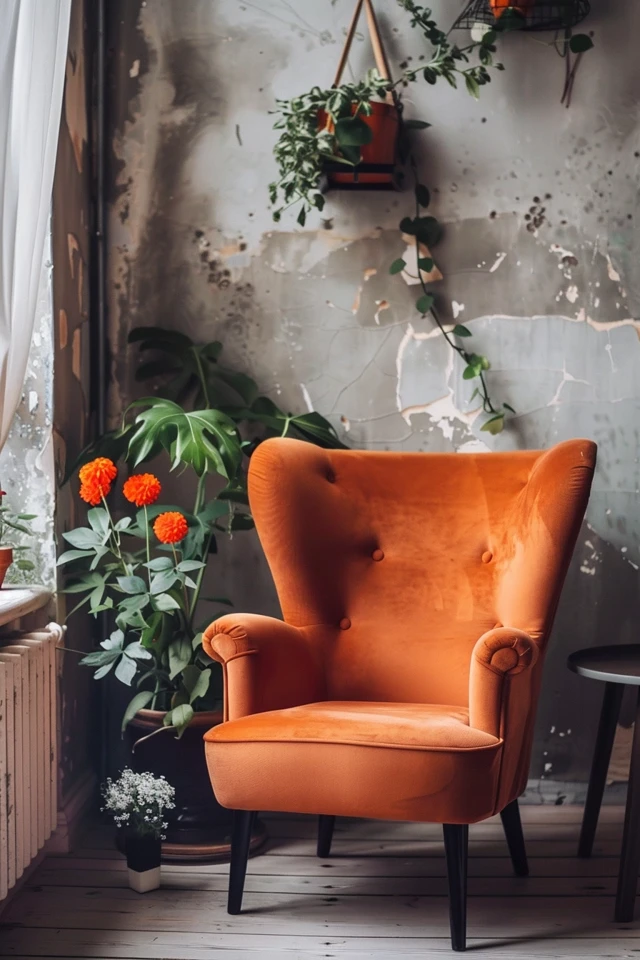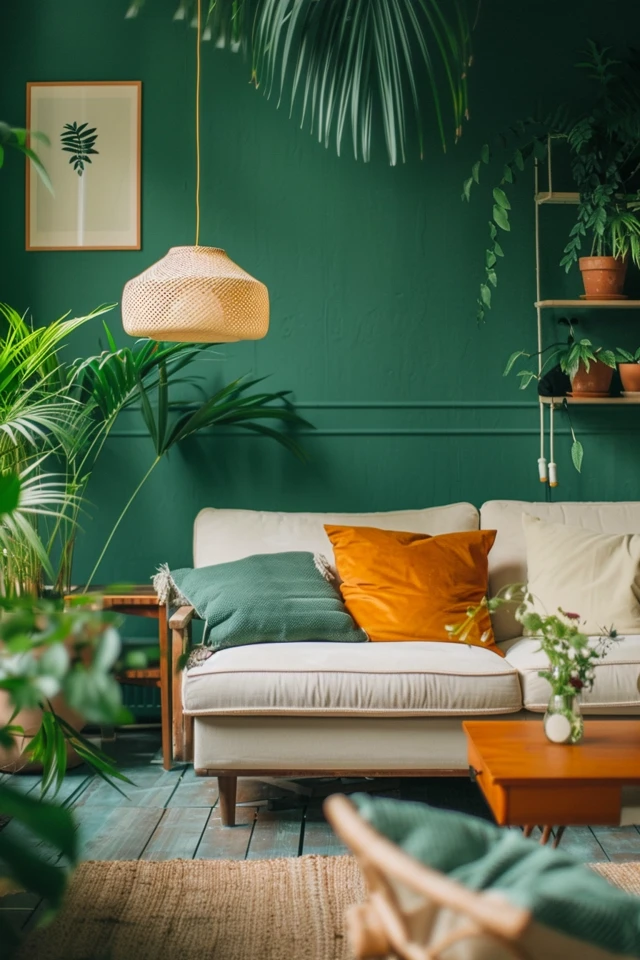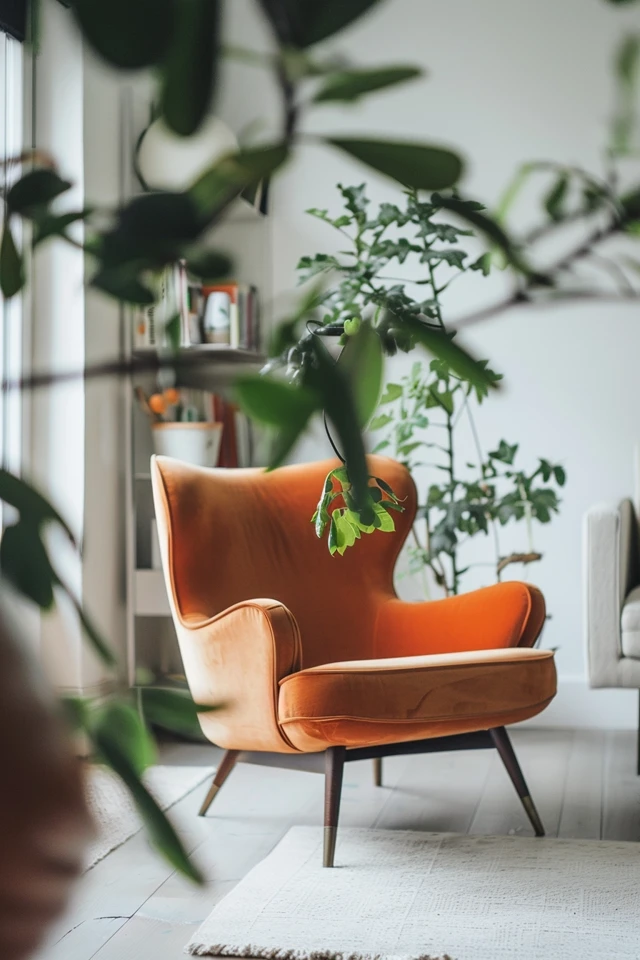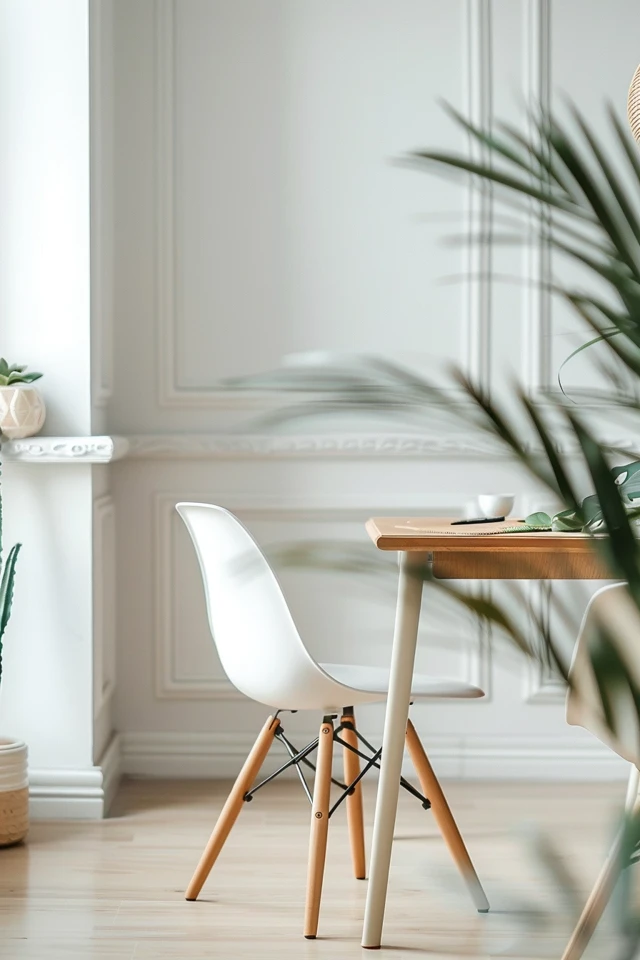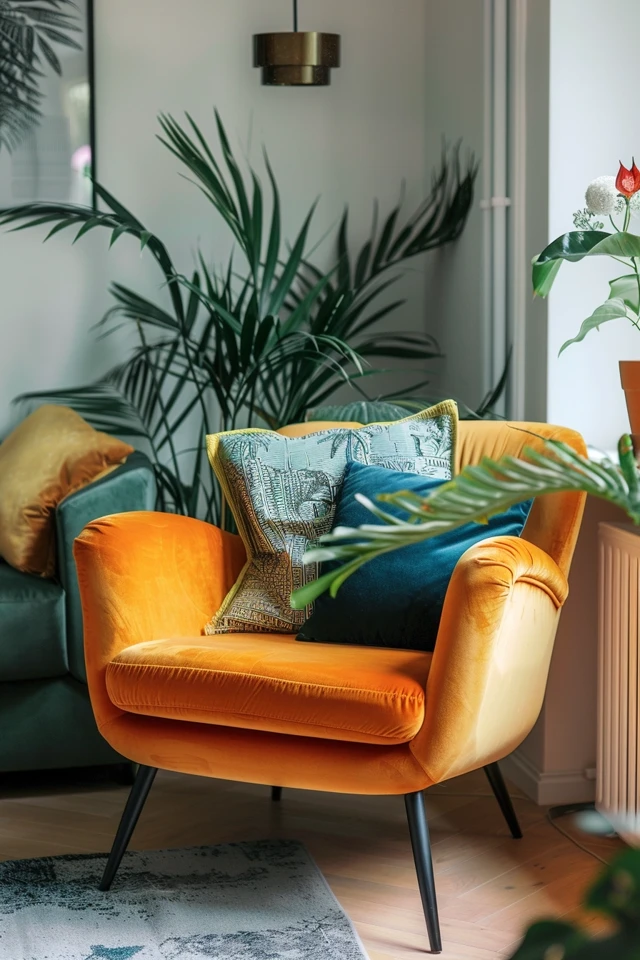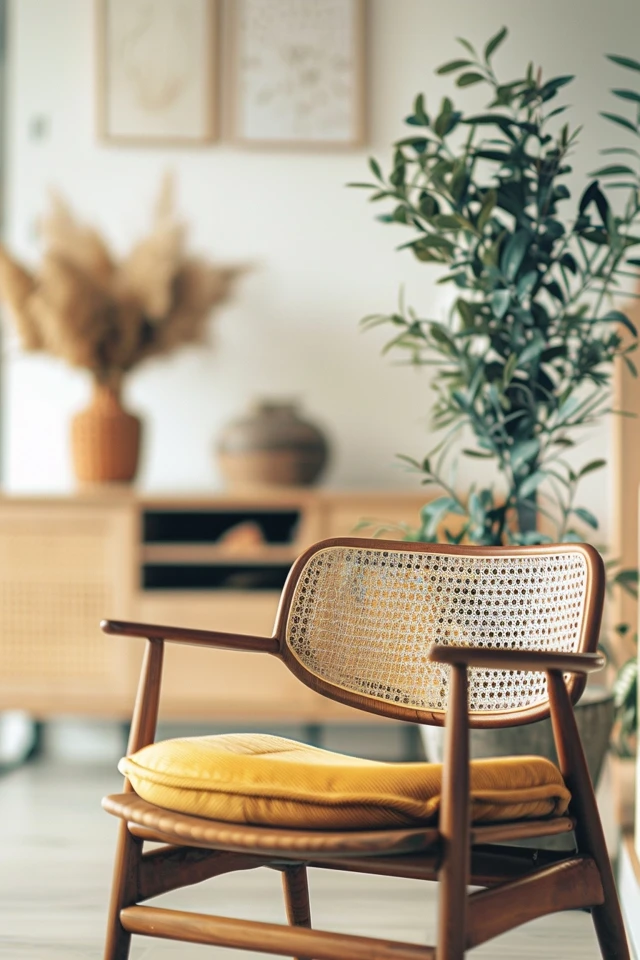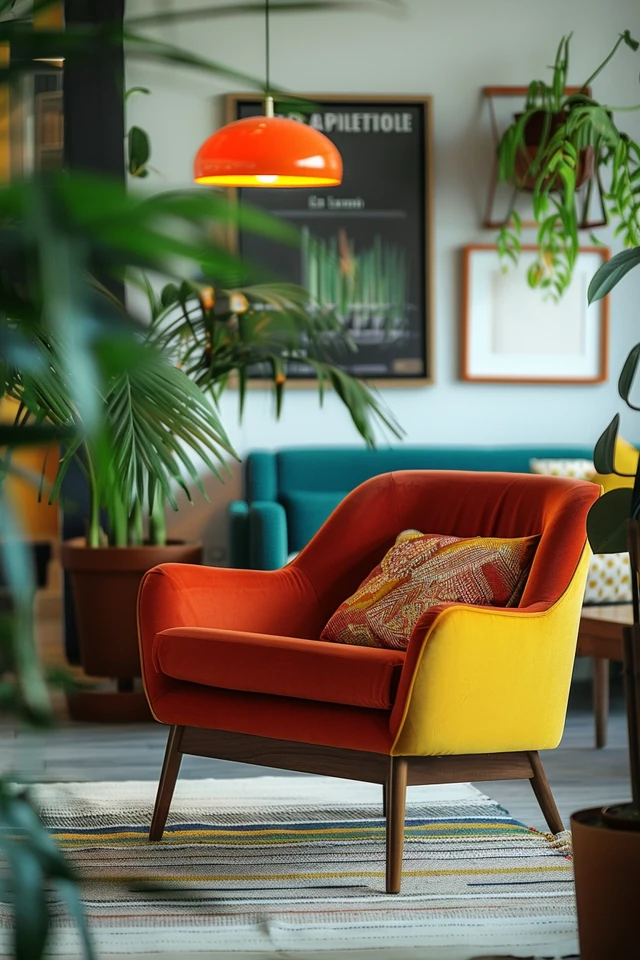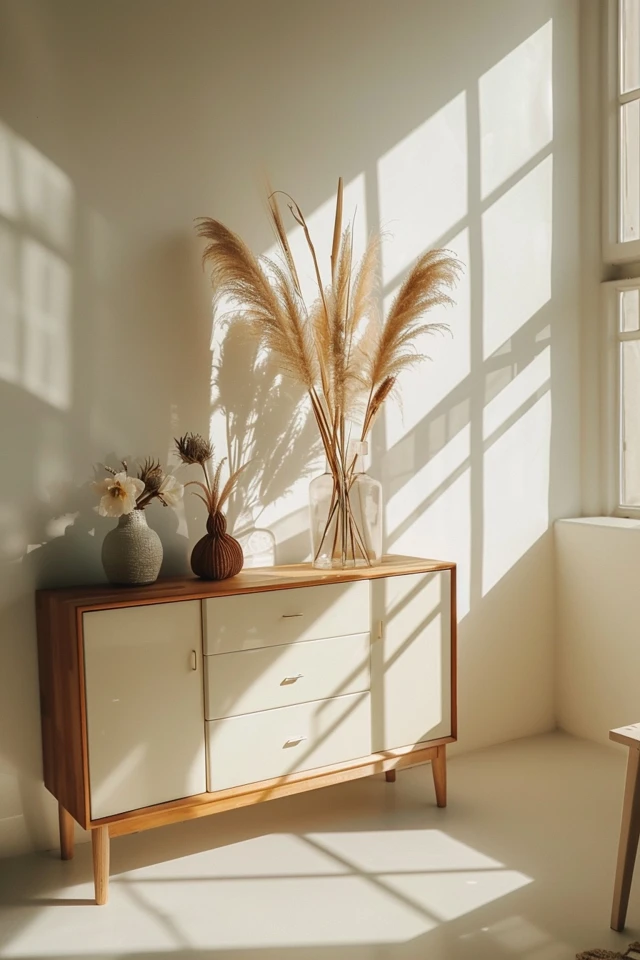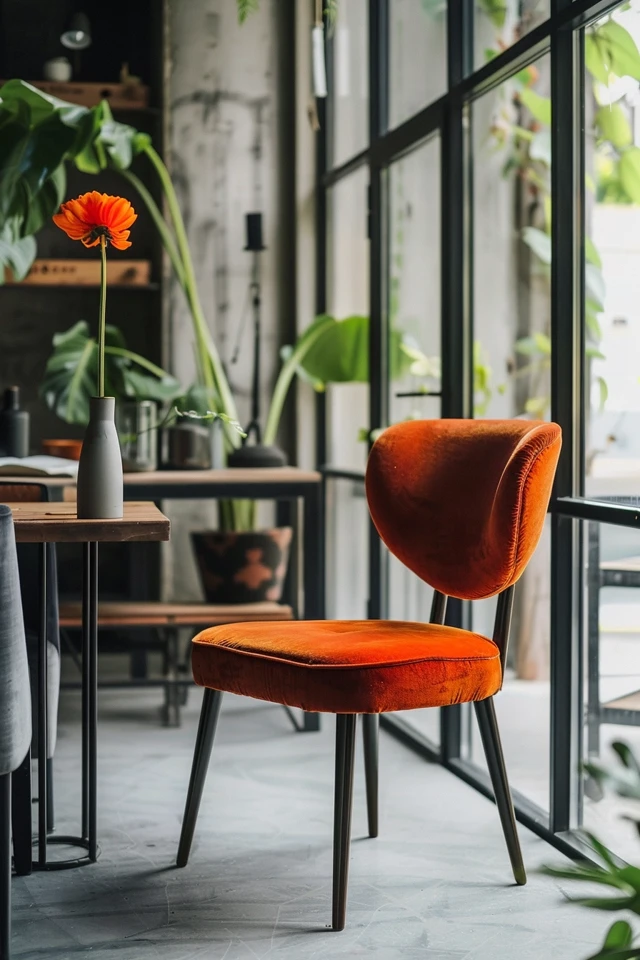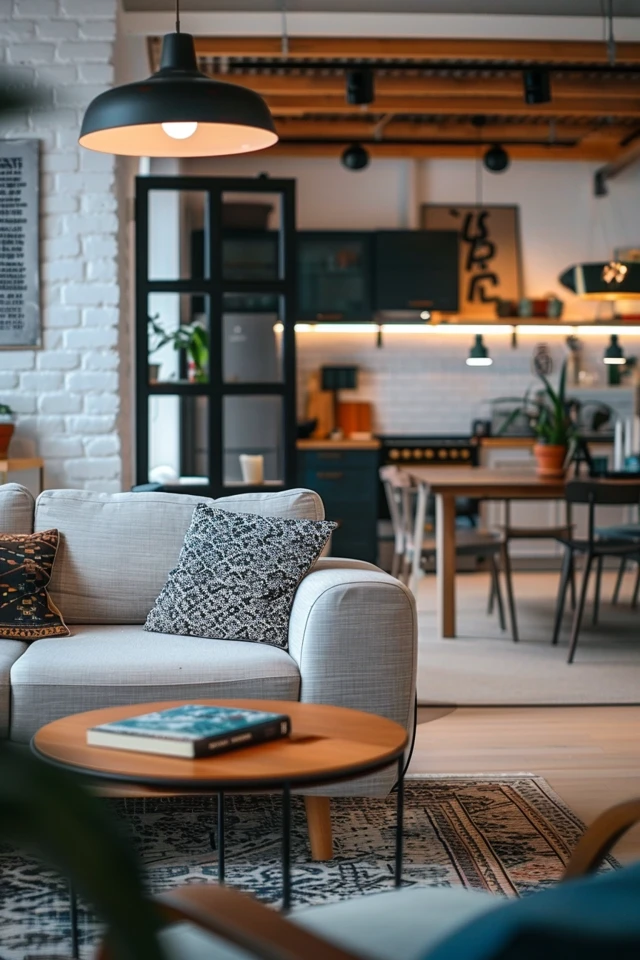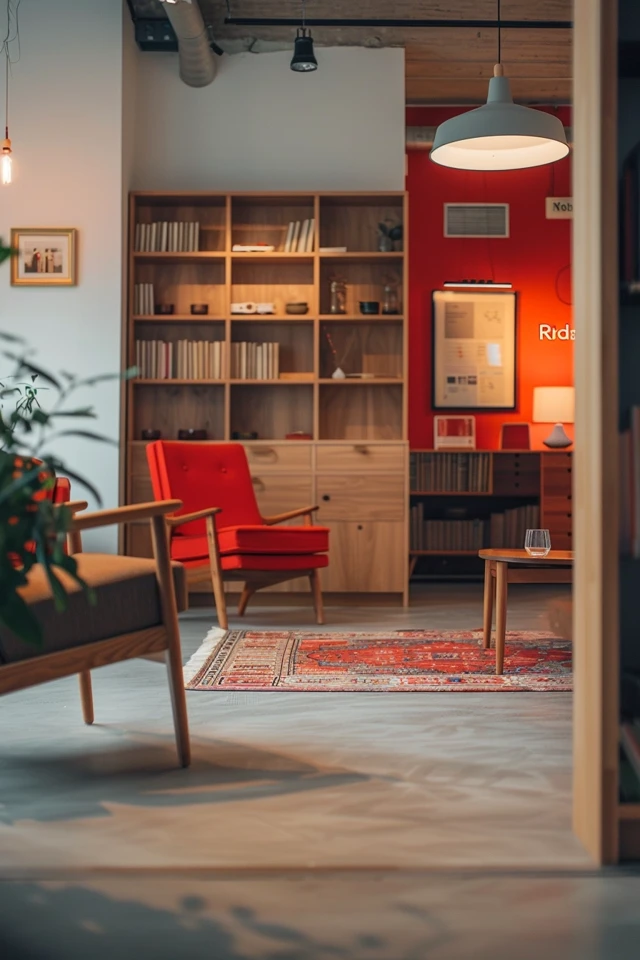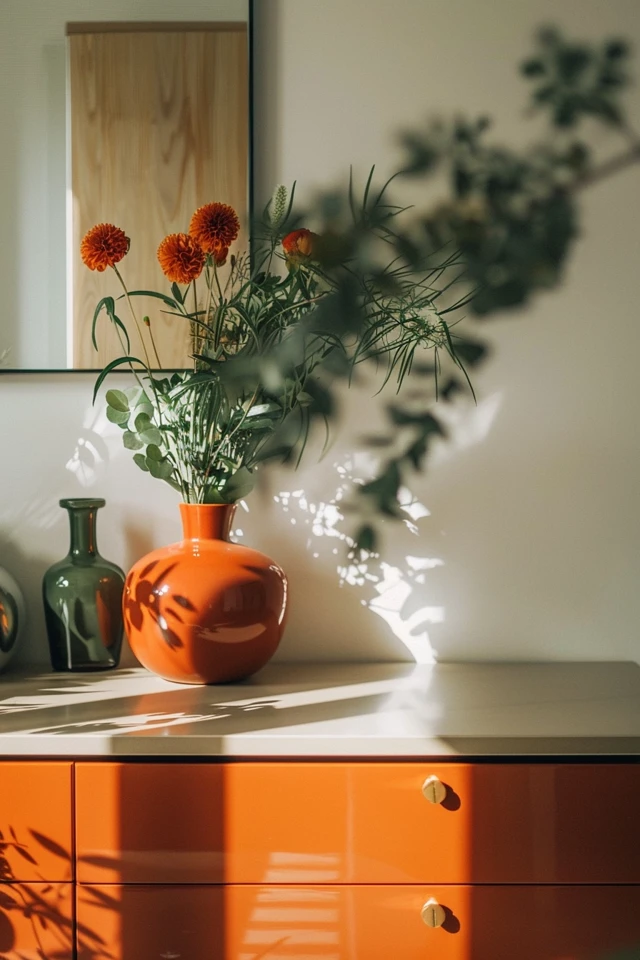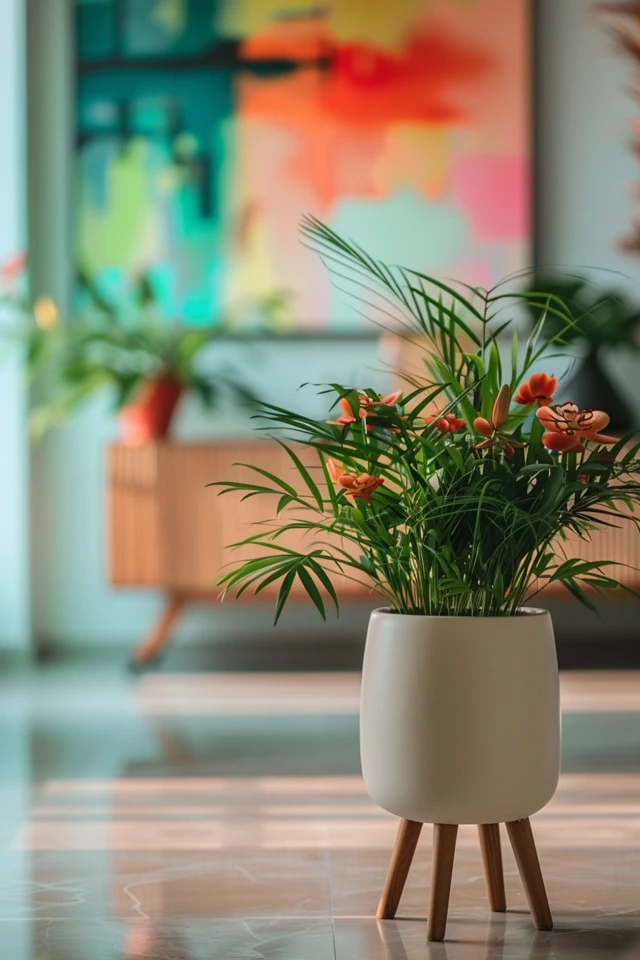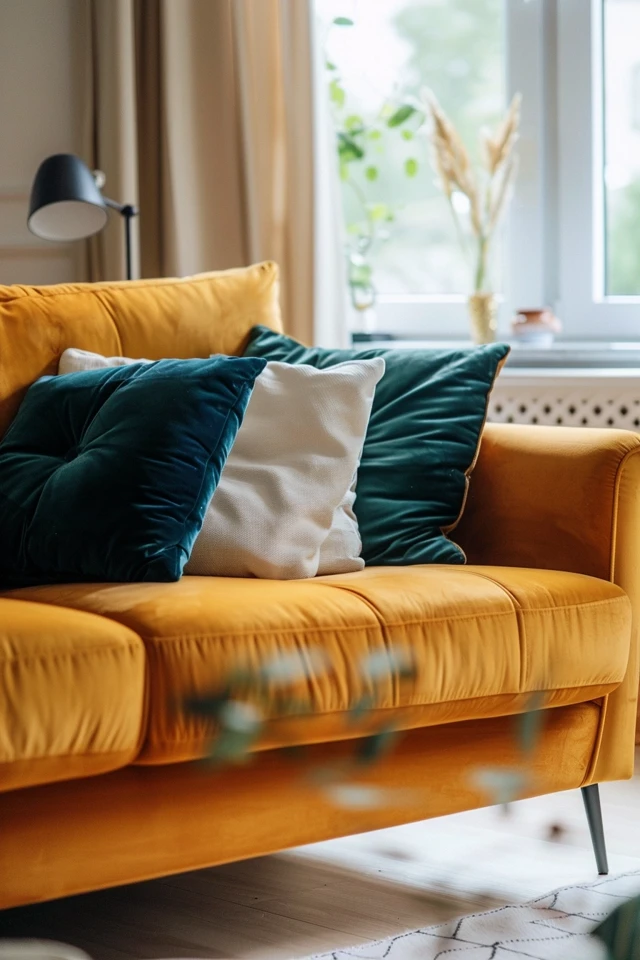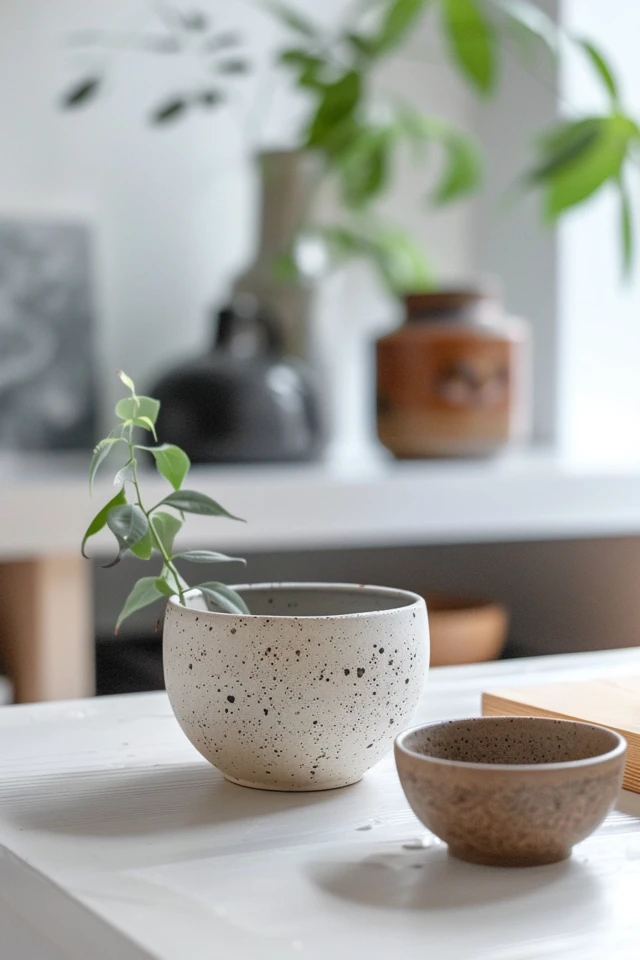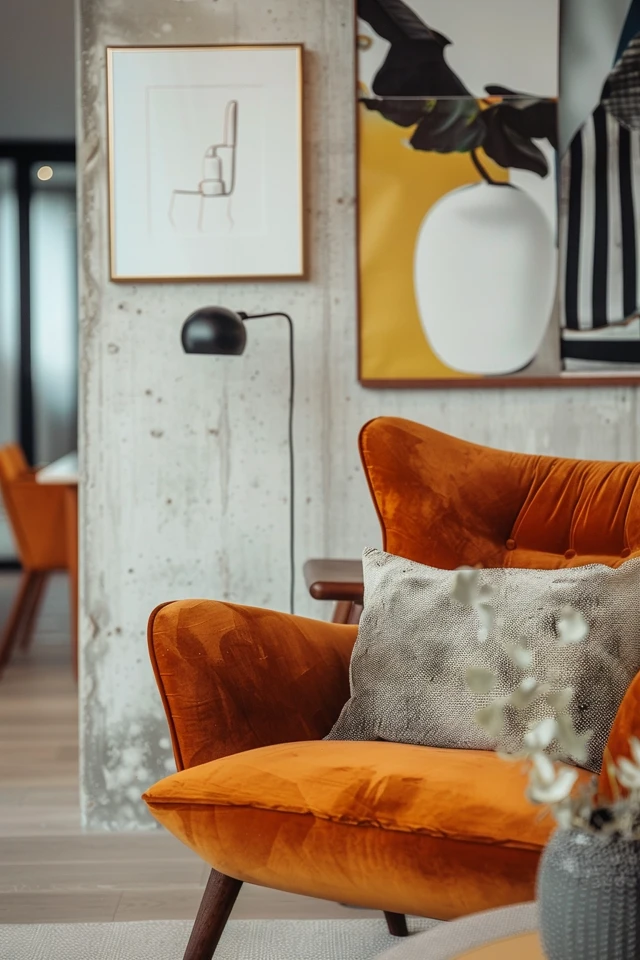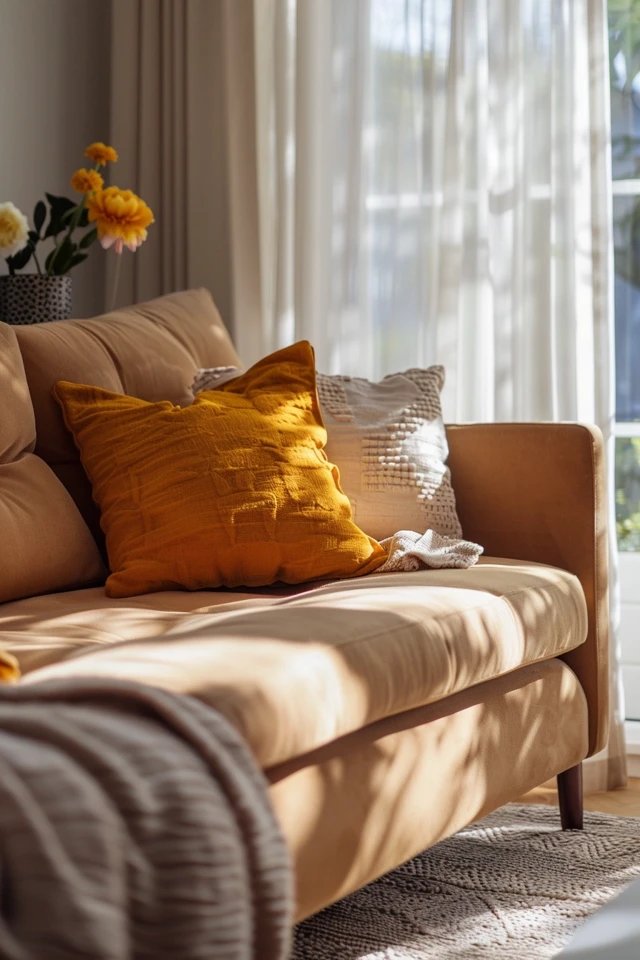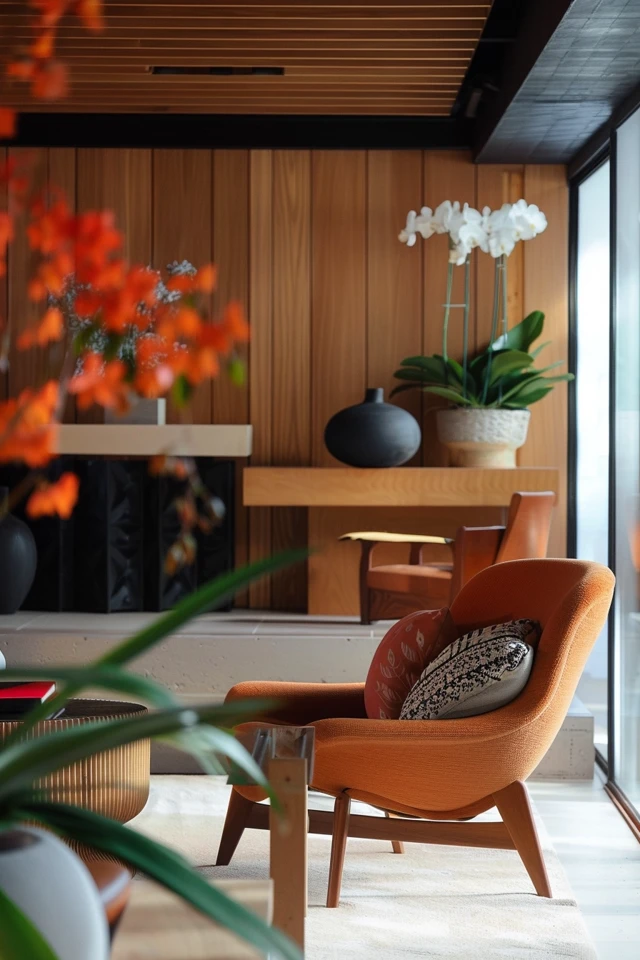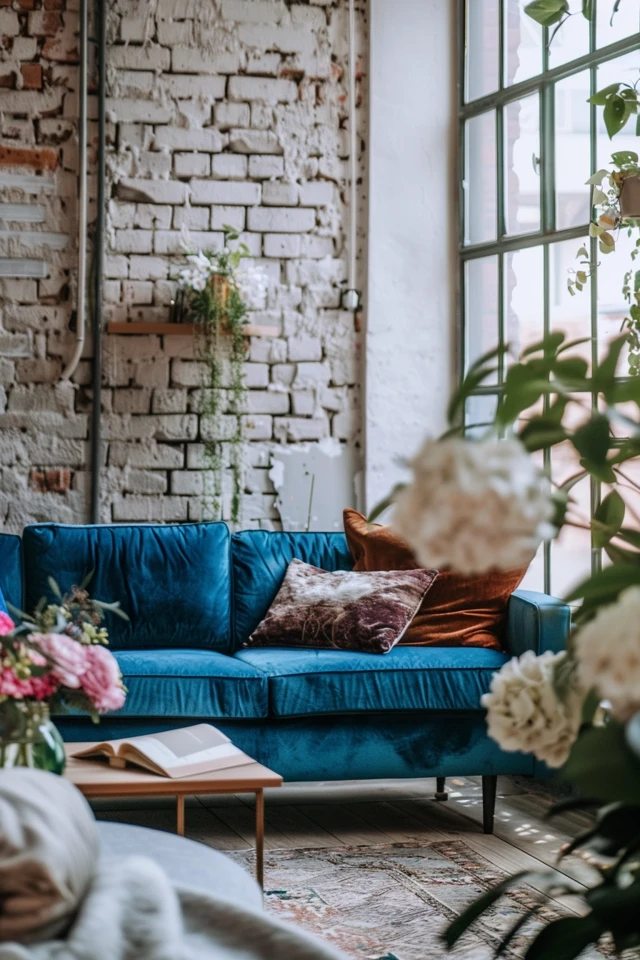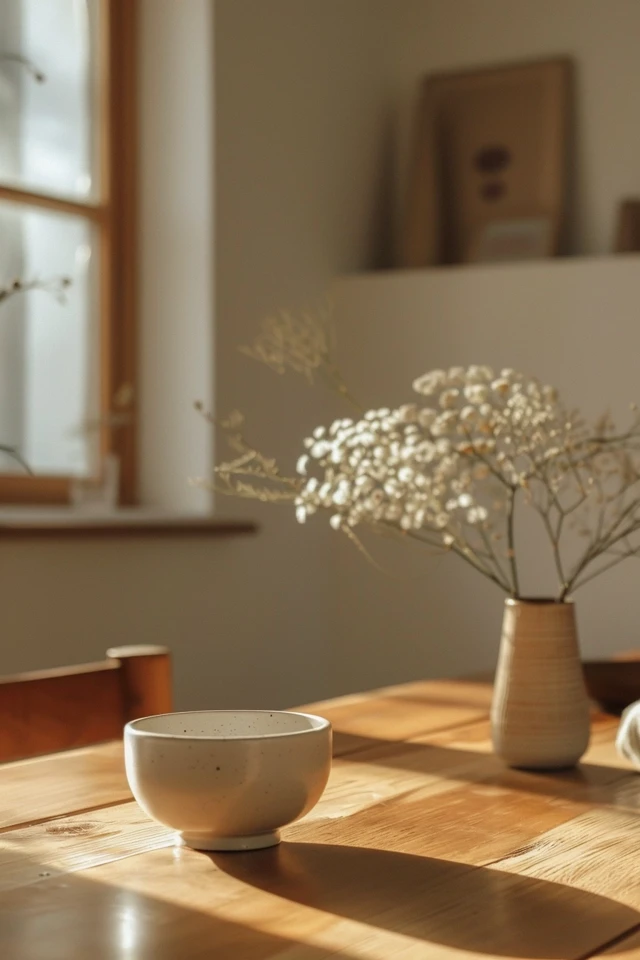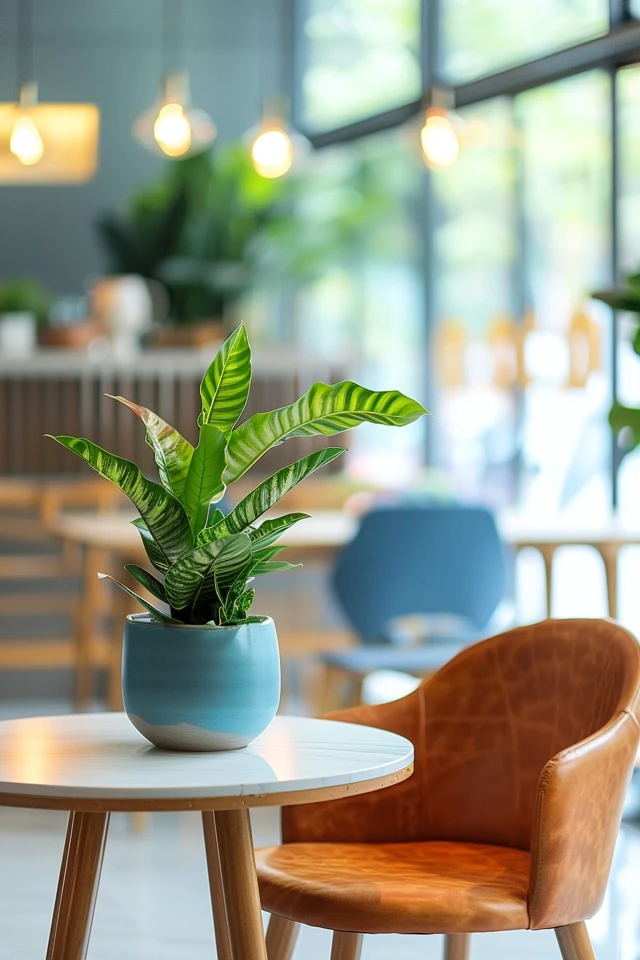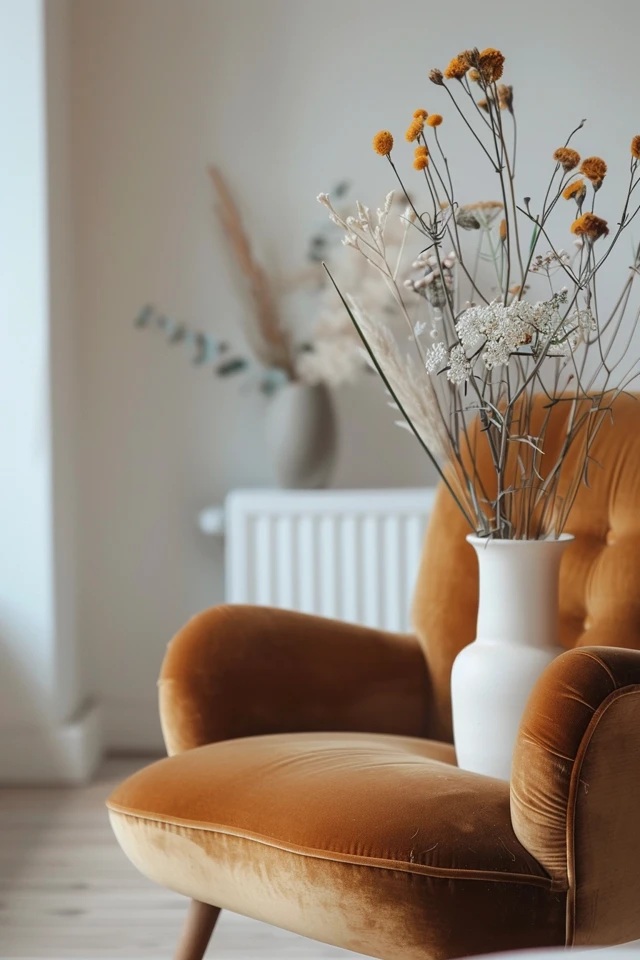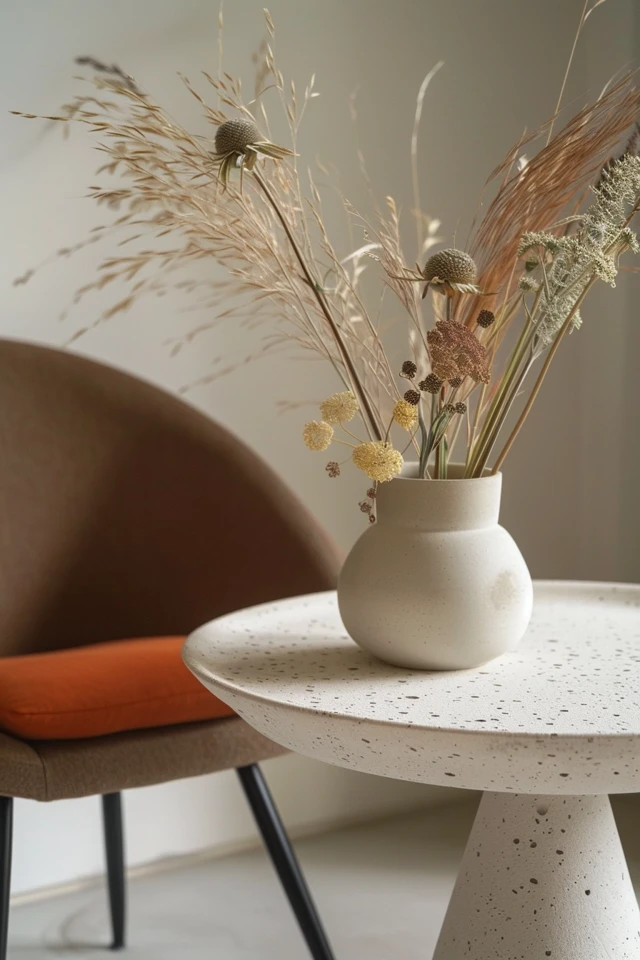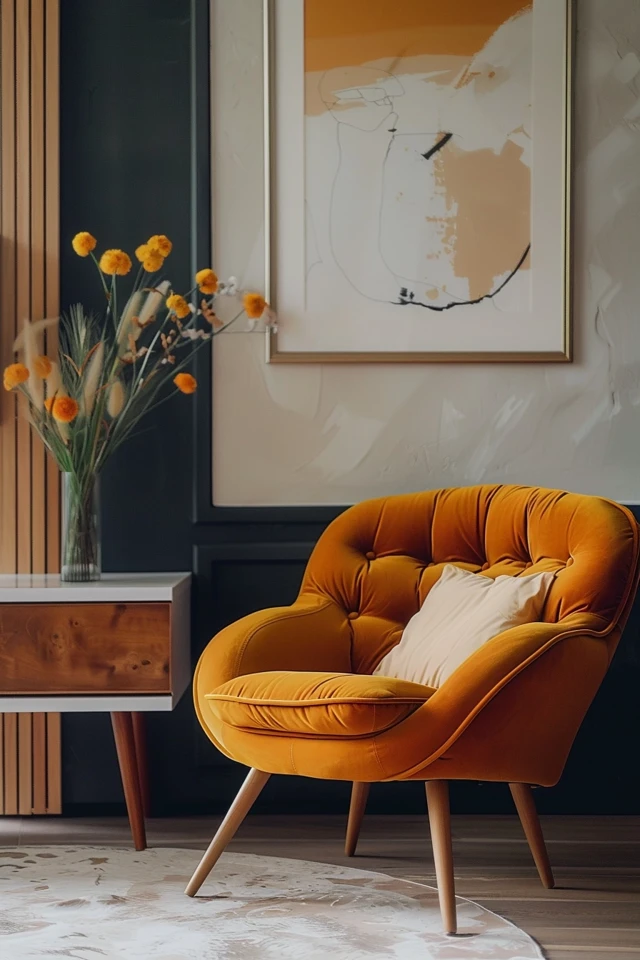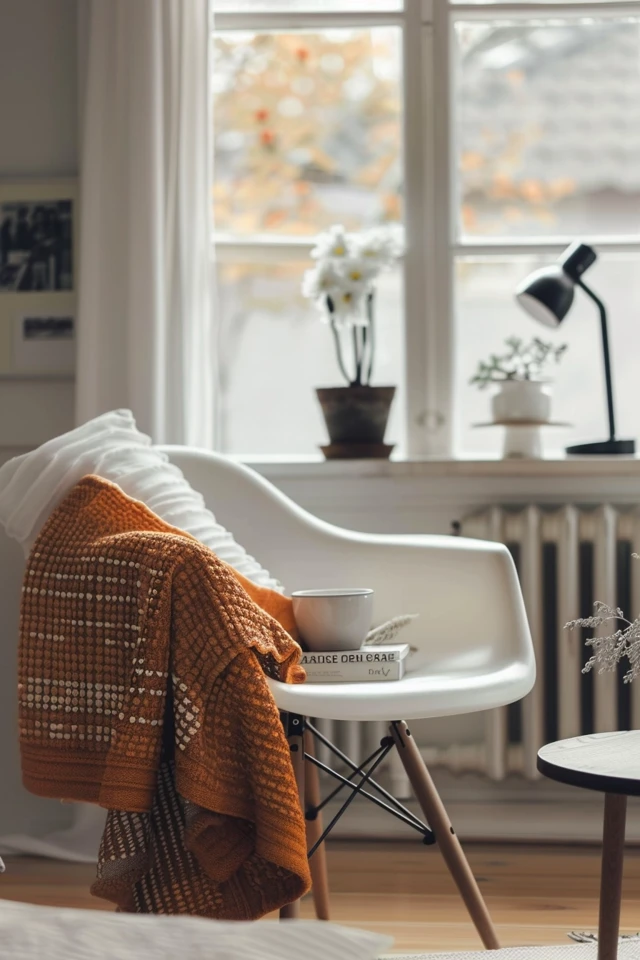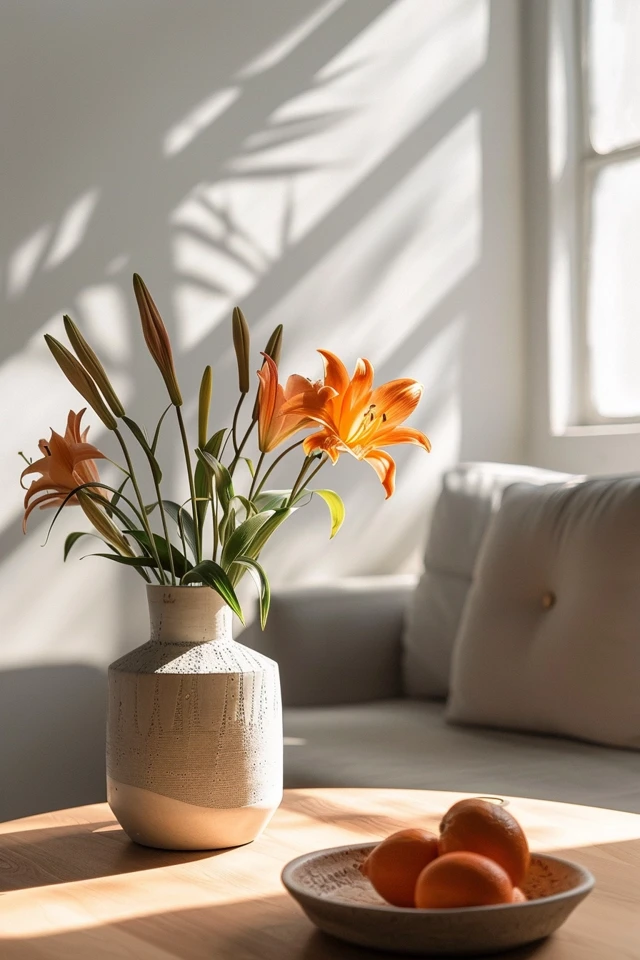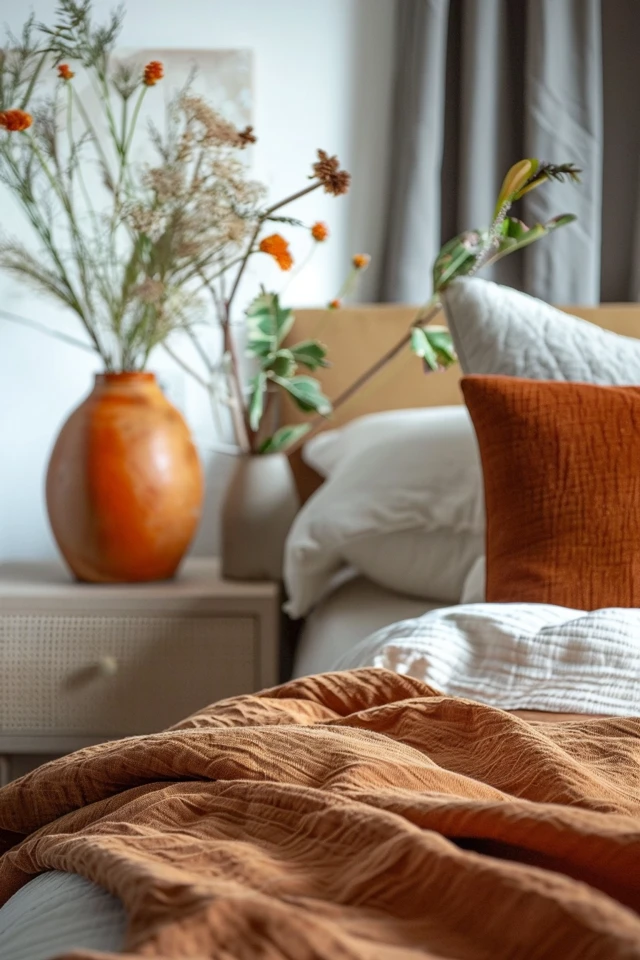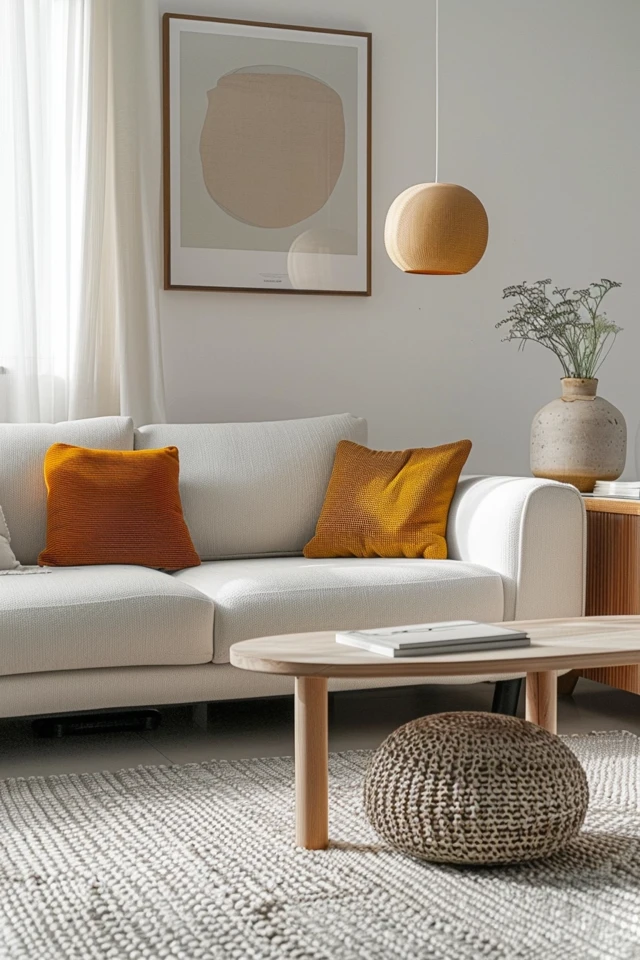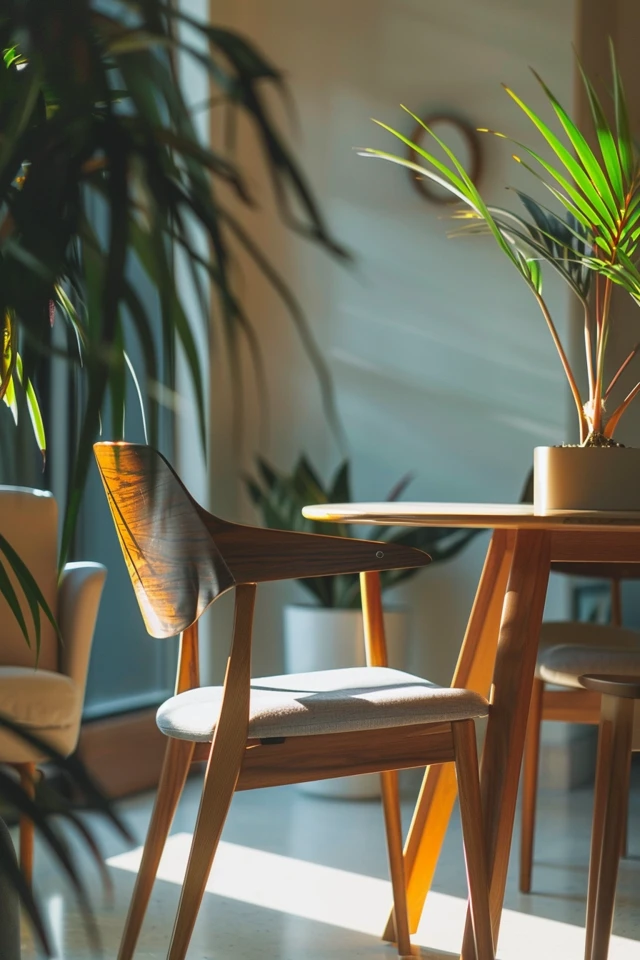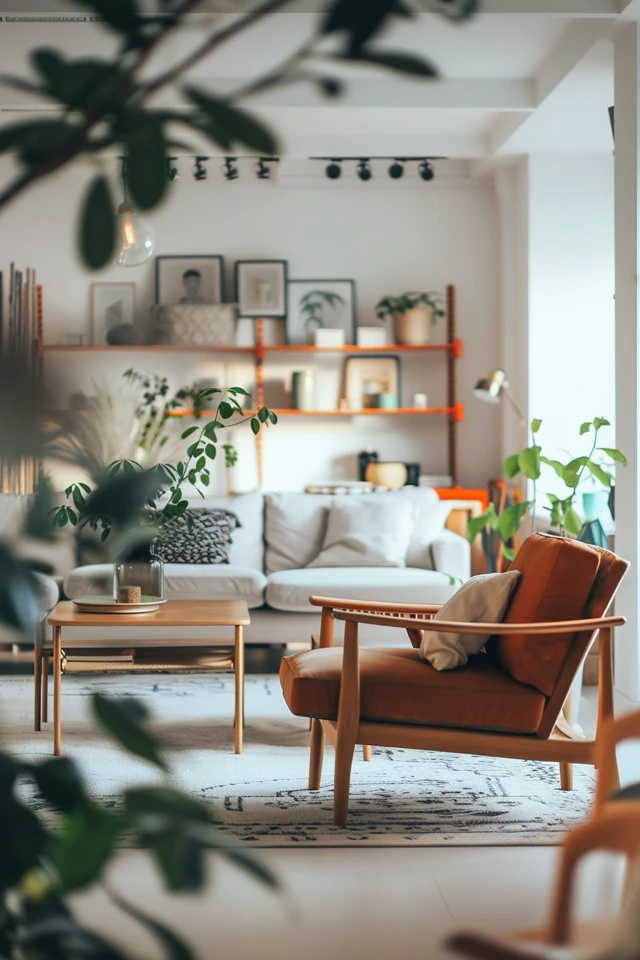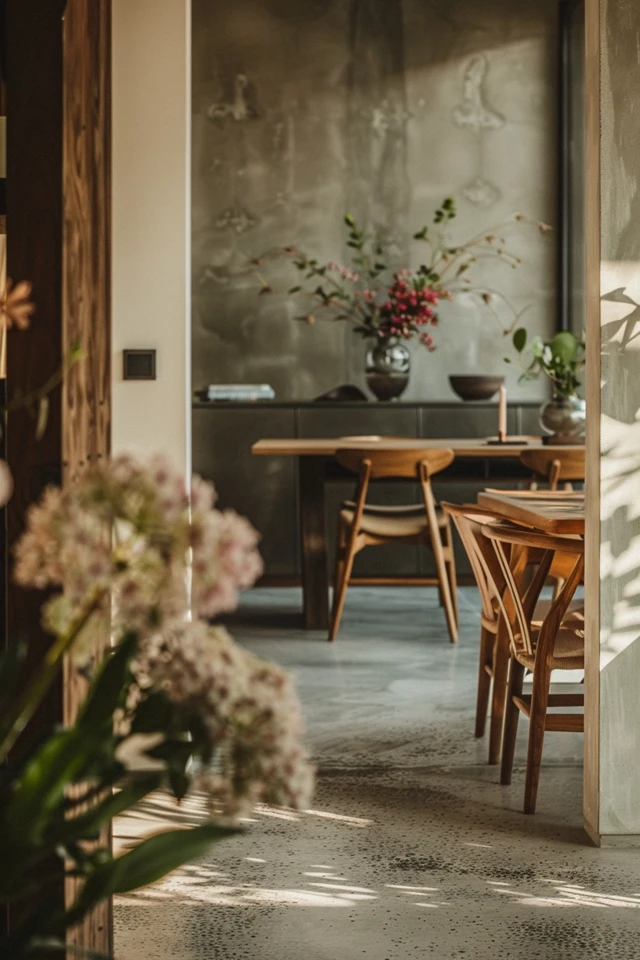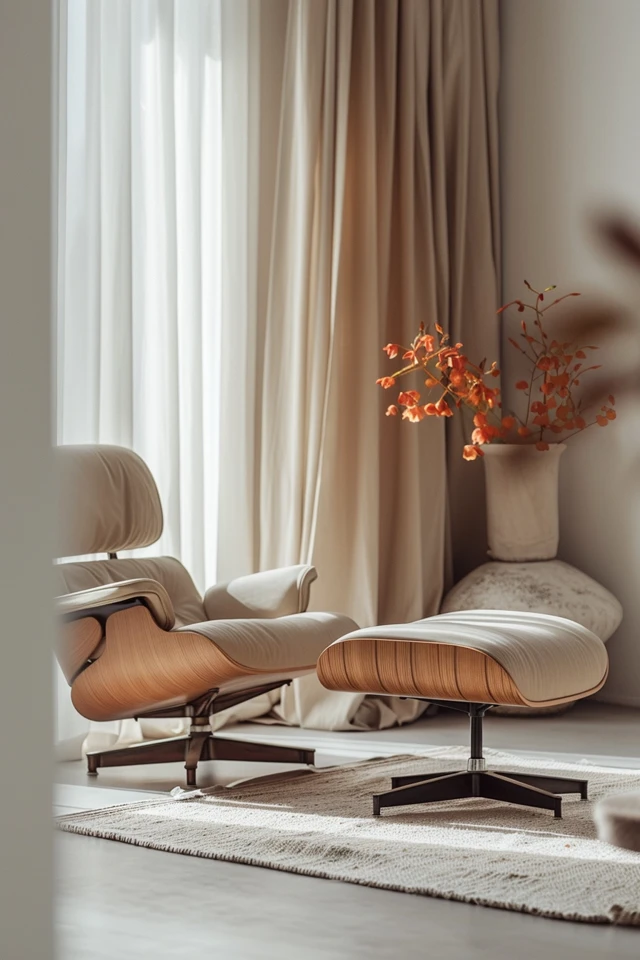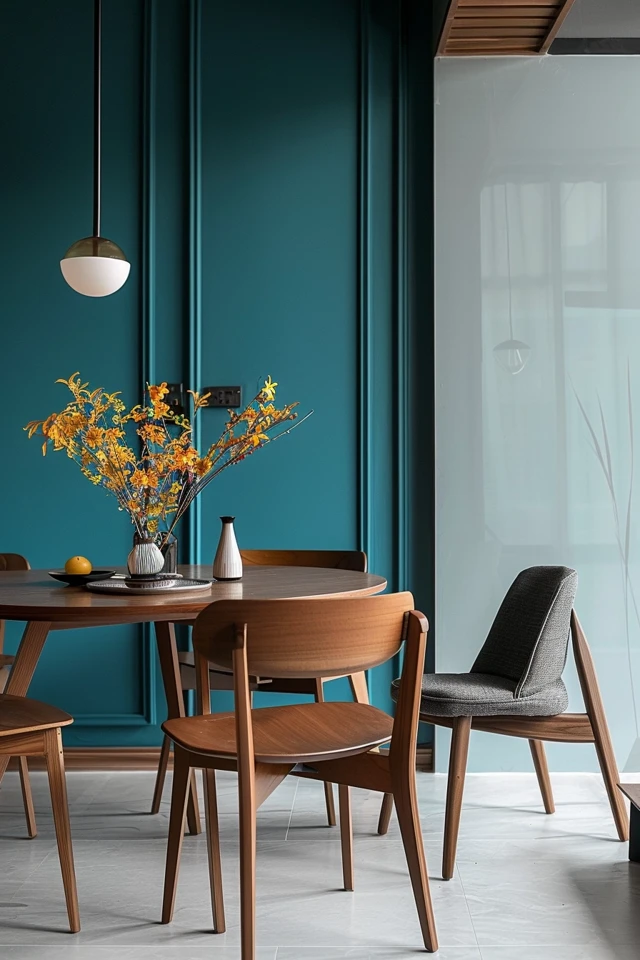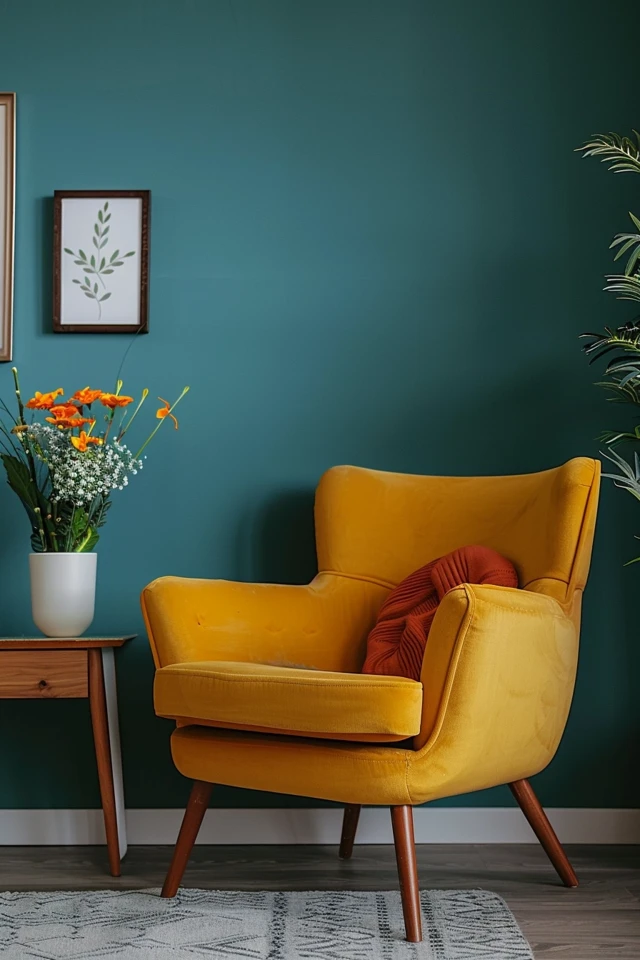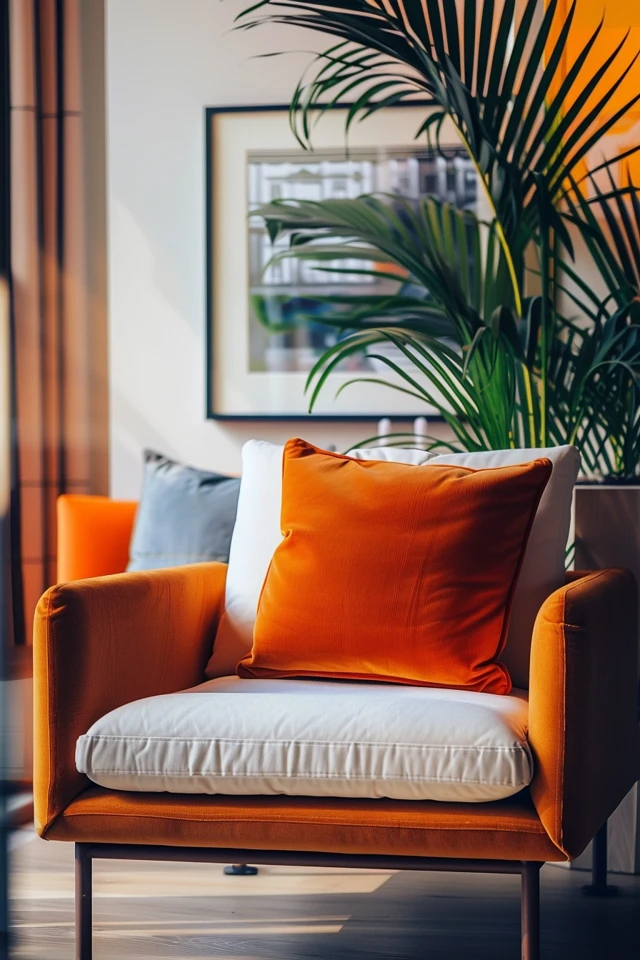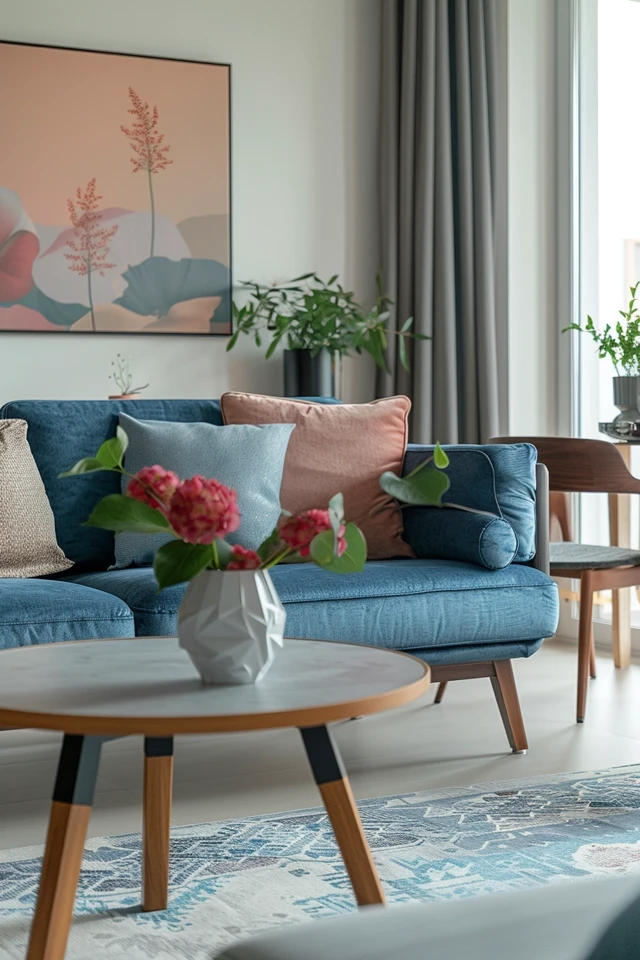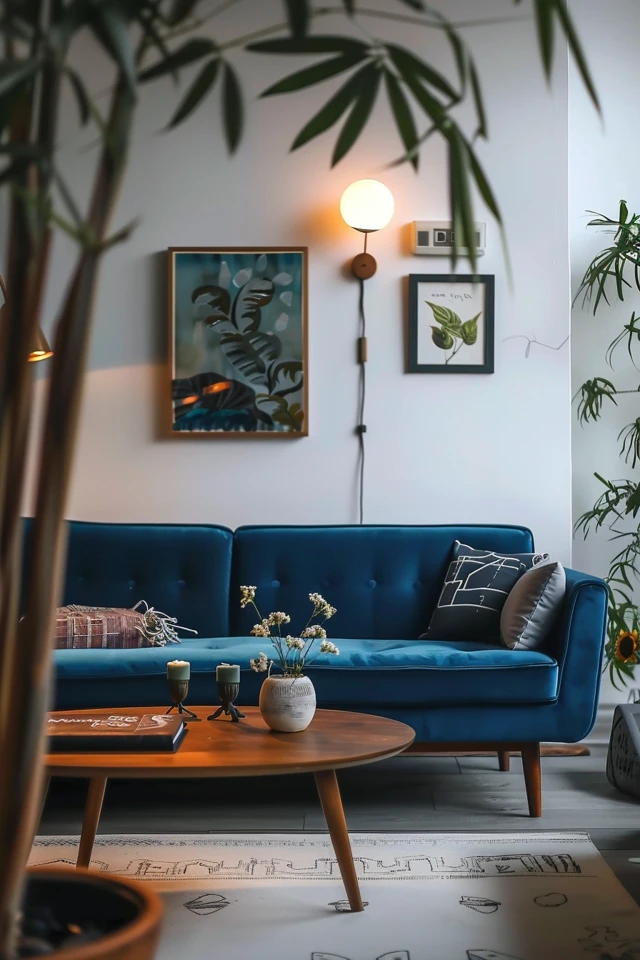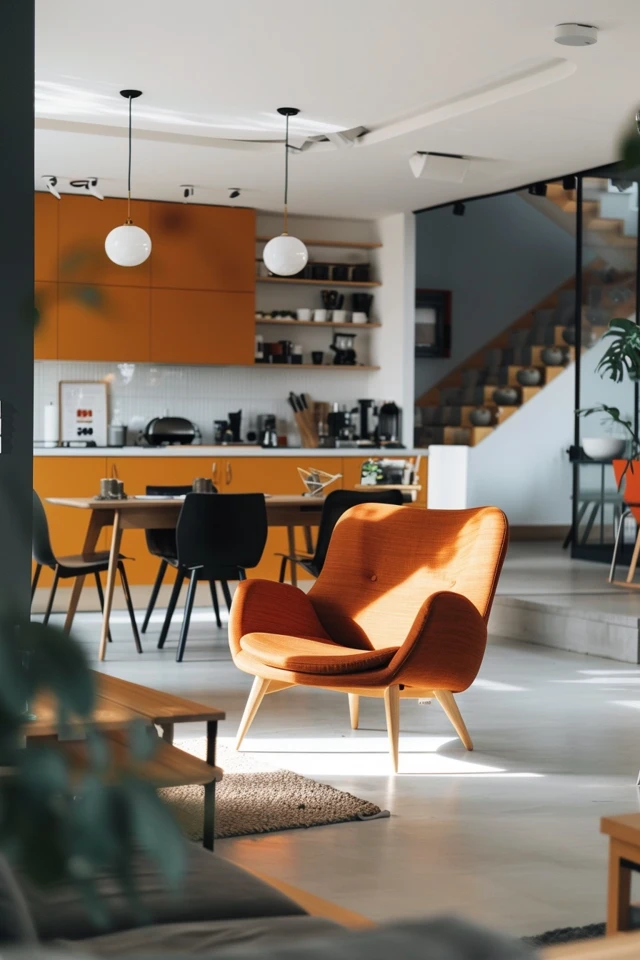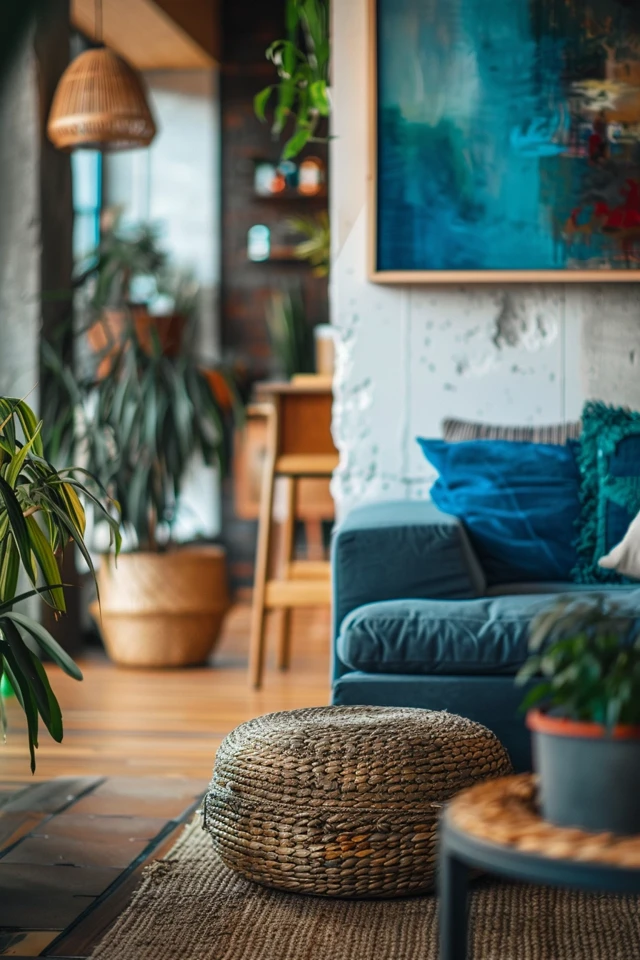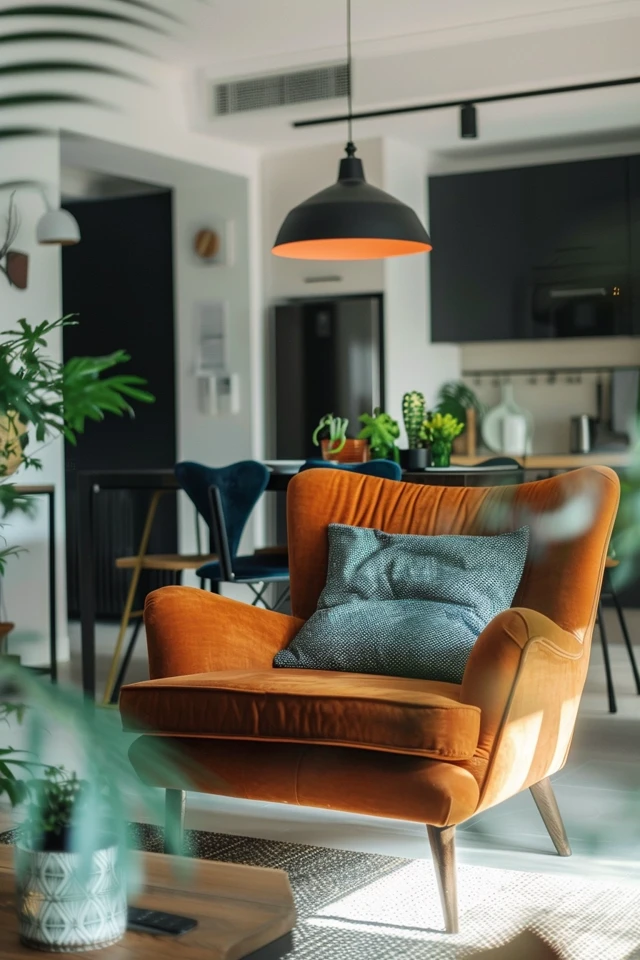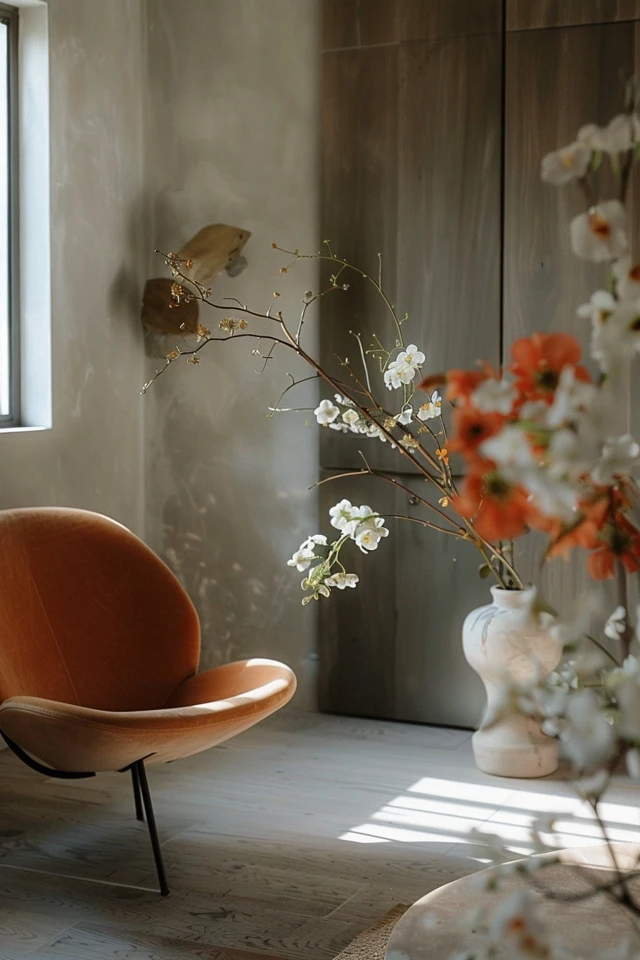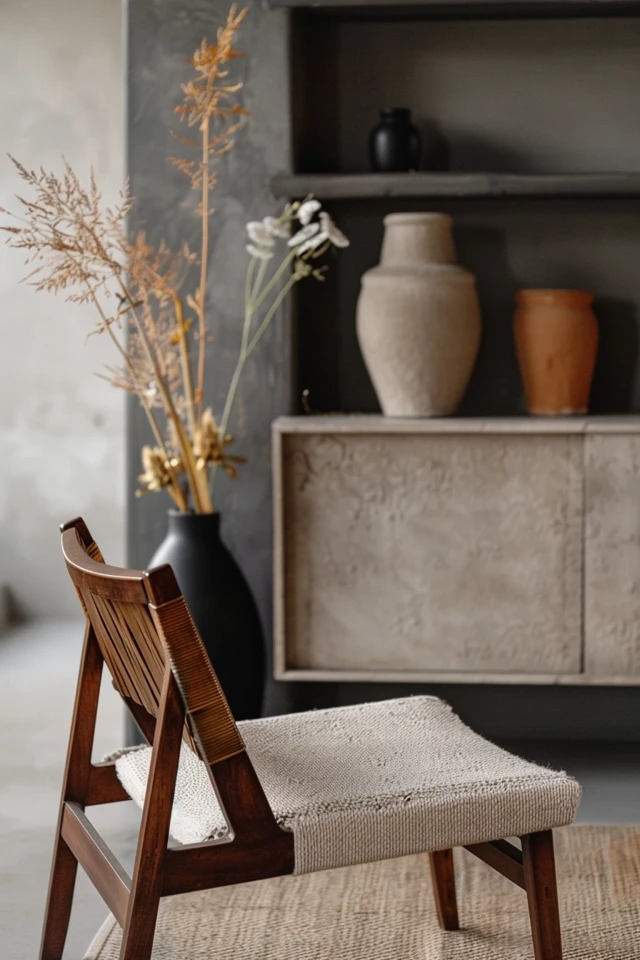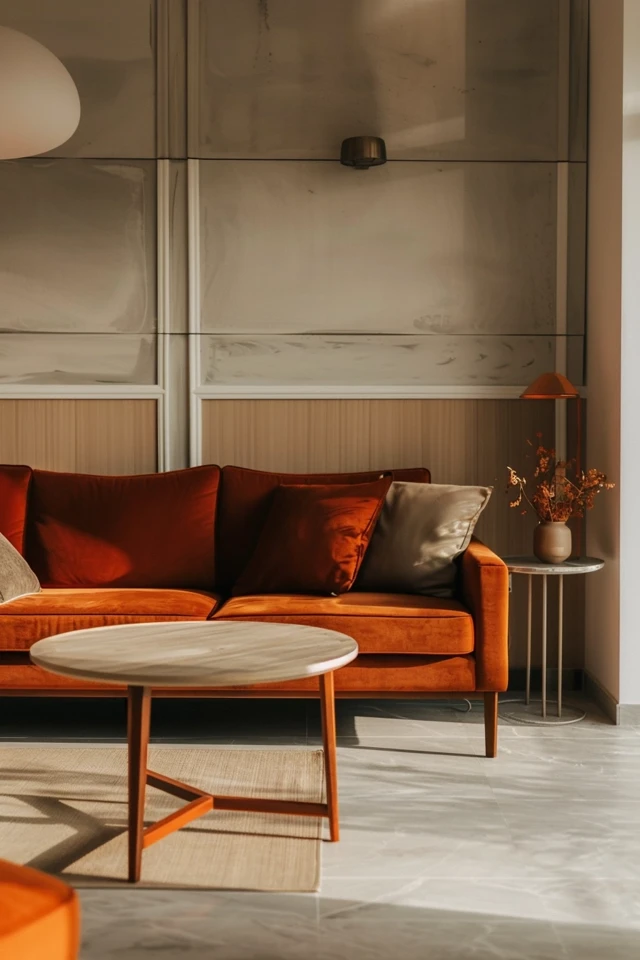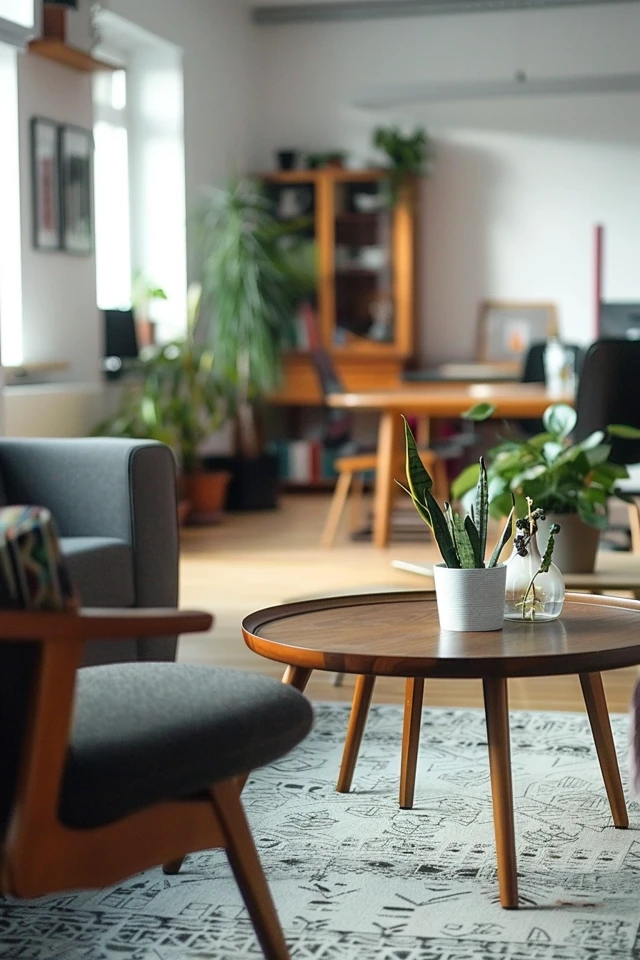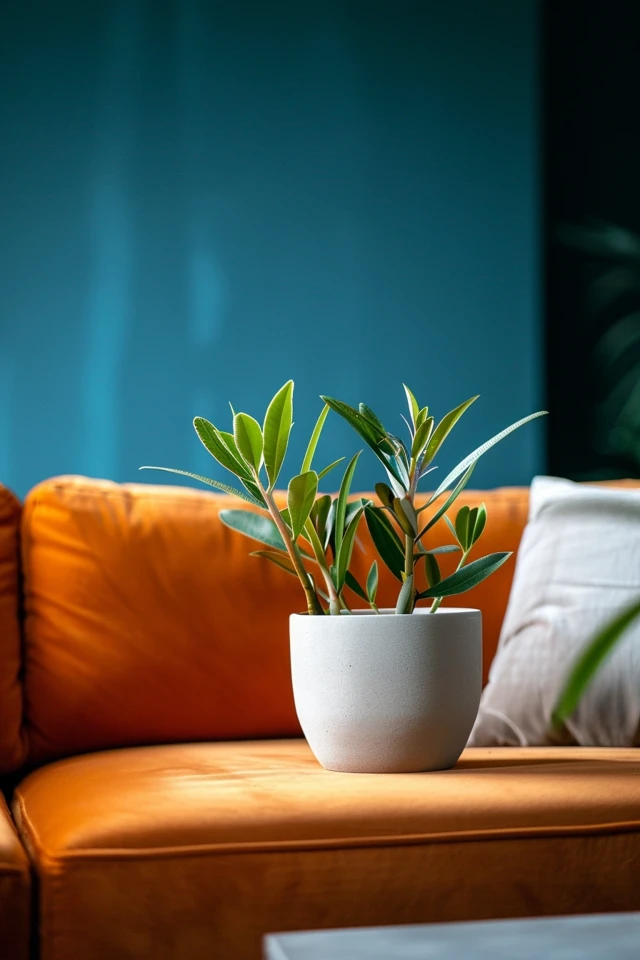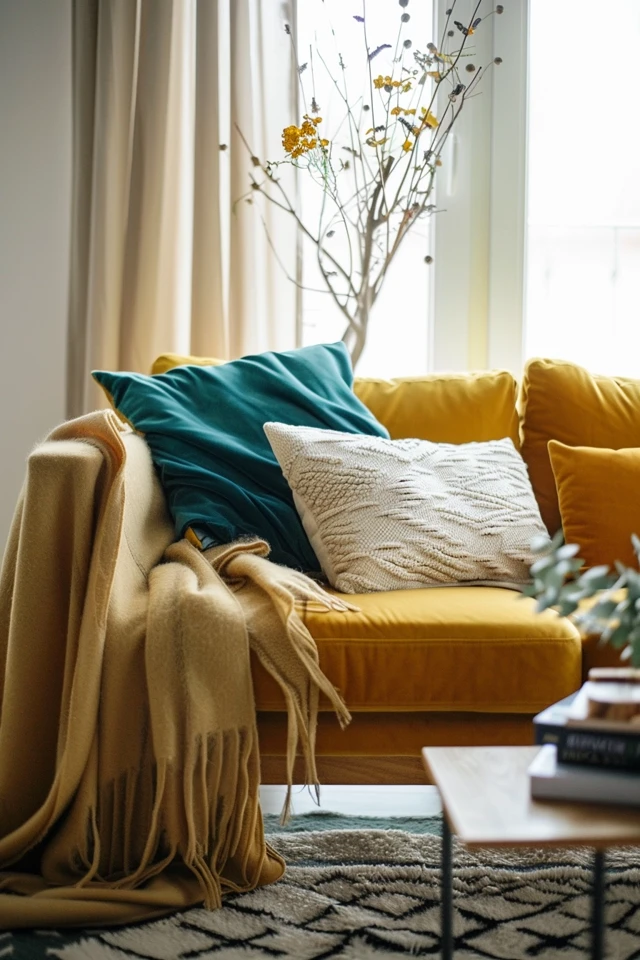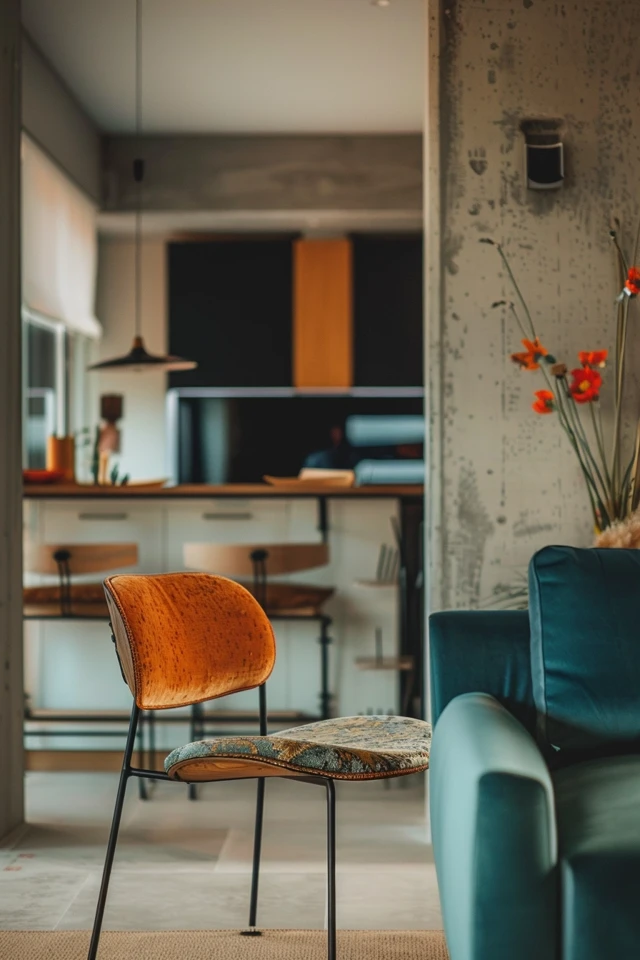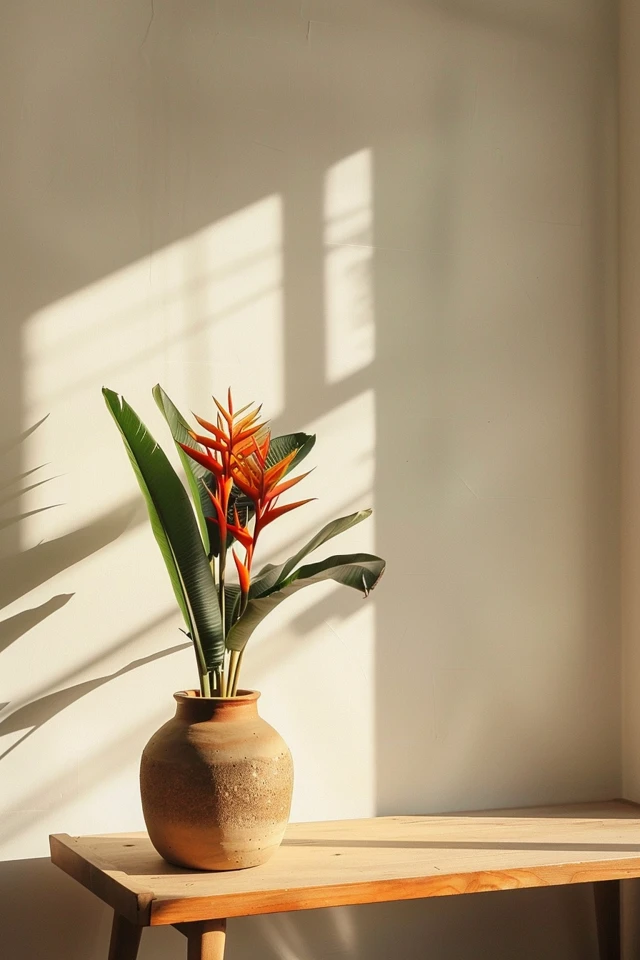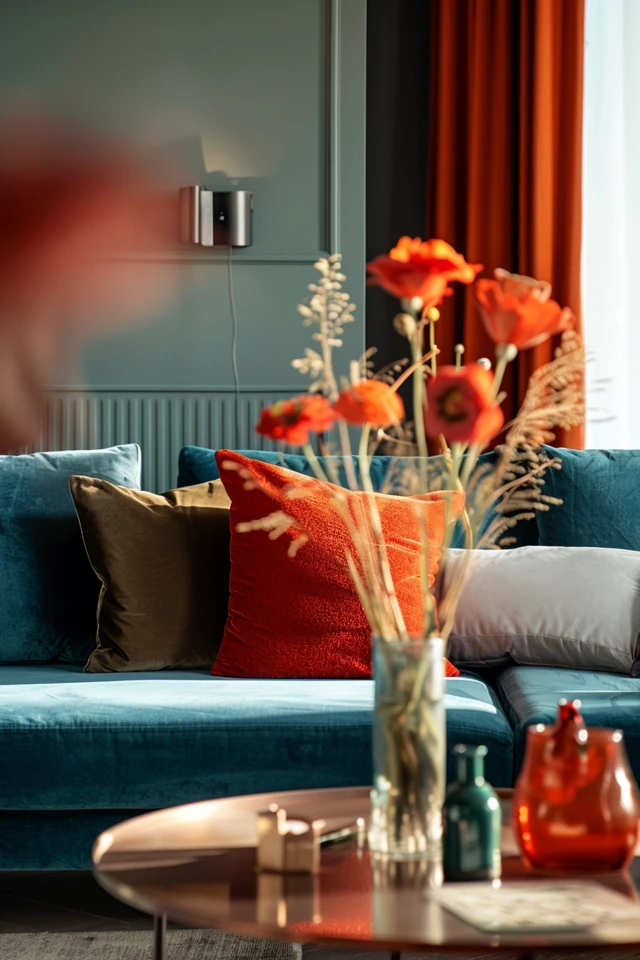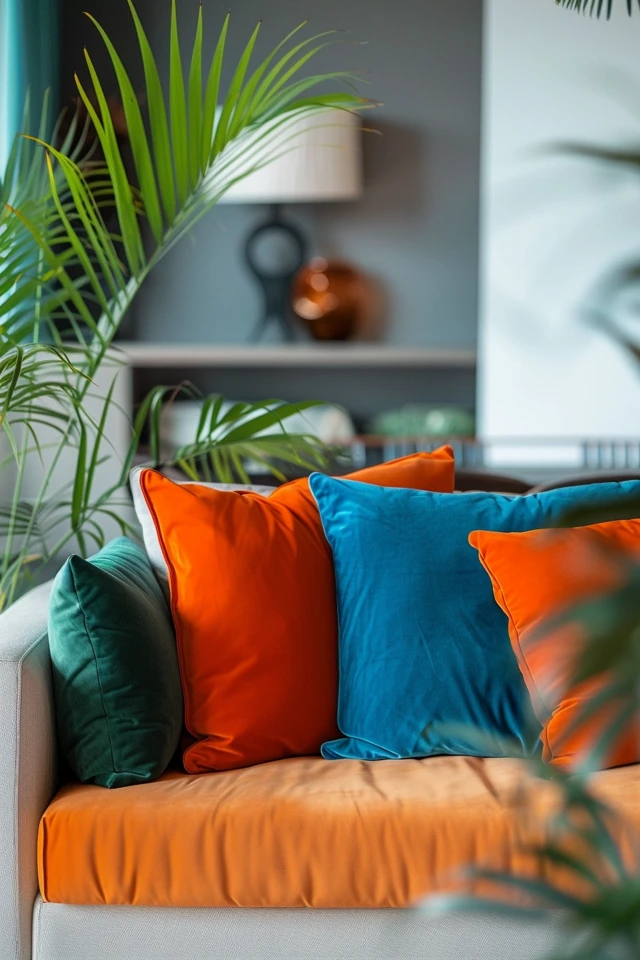Before Reading this Article, Hire Us As Your Designer or Take a Look at My Top 3 Amazon Picks!
If you are looking to blend Amazon's furniture finds with a personalized touch for your space, check out my portfolio, and hire us! You'll get 3 Idea boards, 2 Concept Boards, 2 Realistic Renderings, a Floor Plan, and a Shopping List! Everything's online, plus a 25% discount on your first online interior design project with my Havenly Promo code 4c7441bcfb. With over 2,000 designs since 2017 and top US brand partnerships, your project is in expert hands. US only. Ready to start?
Crafting 101: Your Ultimate Beginner's Handbook: U...
$11.95 (as of January 22, 2025 00:30 GMT -06:00 - More infoProduct prices and availability are accurate as of the date/time indicated and are subject to change. Any price and availability information displayed on [relevant Amazon Site(s), as applicable] at the time of purchase will apply to the purchase of this product.)Pyrography Basics: Techniques and Exercises for Be...
27% OffThe Complete Book of Woodworking: Step-by-Step Gui...
41% OffInterior Design 101: Essential Ideas for Beginners
Stepping into the world of interior design can be both exciting and overwhelming, especially if you’re just starting out. Whether you’re furnishing your first home or looking to refresh a tired space, understanding the basics of interior design can help you create a cohesive and inviting environment. As an architect and interior designer with expertise in evidence-based design, I’ve seen how a well-designed space can enhance comfort, functionality, and aesthetic appeal. In this guide, we’ll explore essential ideas for beginners to help you embark on your interior design journey with confidence.
Interior design is more than just arranging furniture; it’s about creating a space that reflects your personality and meets your needs. From choosing the right color palette to understanding the importance of lighting, these foundational principles will guide you in making informed design decisions. Let’s dive into these essential ideas and transform your home into a beautifully designed haven.
Key Takeaways
- Understand Your Space: Assess your space and plan your design to maximize its potential.
- Choose a Color Palette: Select a cohesive color scheme to set the tone and mood of your space.
- Furniture Selection: Choose furniture that fits the scale of your room and complements your style.
- Lighting is Key: Use a mix of lighting types to create a balanced and inviting atmosphere.
- Accessorize Thoughtfully: Use accessories to add personality and complete your design.
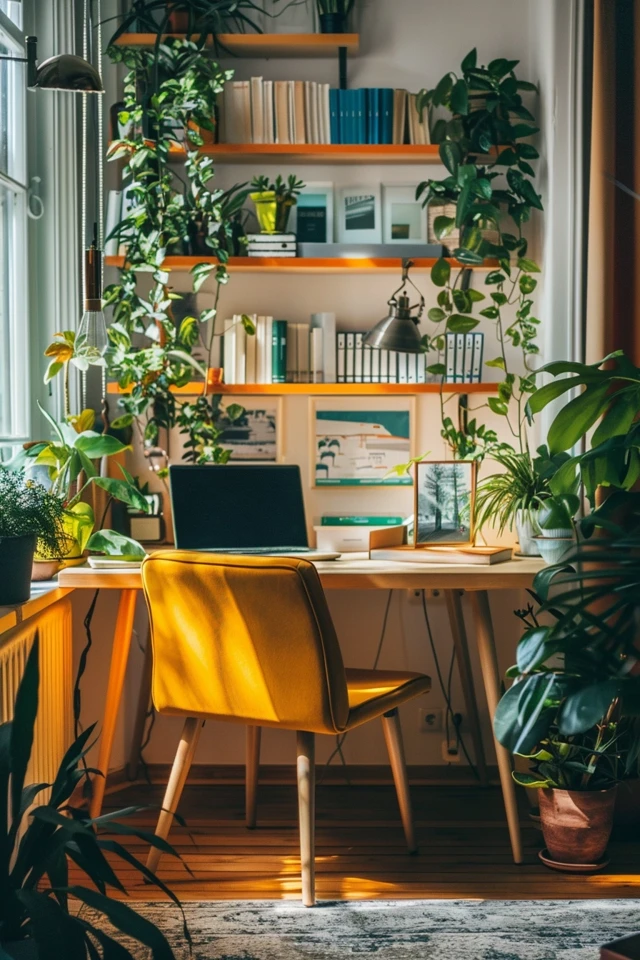
1. Understand Your Space
Before you start buying furniture and accessories, it’s crucial to understand your space. Assessing your room’s dimensions, layout, and architectural features will help you plan effectively and avoid common design mistakes.
Measure and Plan
- Accurate Measurements: Take accurate measurements of your room, including the length, width, and height. Note the size and position of doors, windows, and built-in features.
- Create a Floor Plan: Sketch a floor plan or use online tools to visualize your space. This will help you plan the placement of furniture and ensure everything fits well.
- Identify Focal Points: Determine the focal points of your room, such as a fireplace, large window, or a piece of art. Arrange your furniture to highlight these features.
Functional Layouts
- Traffic Flow: Ensure there’s enough space for easy movement around the room. Avoid placing furniture in pathways and leave enough clearance around doors and windows.
- Zoning: Create zones for different activities, such as a seating area, dining space, or reading nook. Use rugs, furniture placement, or lighting to define these zones.
- Versatile Spaces: Consider multifunctional furniture and layouts that can adapt to different needs and occasions.
2. Choose a Color Palette
Choosing the right color palette sets the tone for your entire space. Colors can influence mood, create visual interest, and tie different elements of a room together.
Understanding Color Theory
- Color Wheel Basics: Use the color wheel to understand how colors relate to each other. Complementary colors (opposites on the wheel) create contrast, while analogous colors (next to each other) create harmony.
- Warm vs. Cool Colors: Warm colors like red, orange, and yellow can make a space feel cozy and inviting, while cool colors like blue, green, and purple can create a calm and serene atmosphere.
- Neutral Tones: Neutral tones like white, gray, and beige provide a versatile backdrop and can be paired with almost any other color.
Creating a Cohesive Scheme
- Primary and Accent Colors: Choose a primary color for larger areas like walls and floors, and accent colors for furniture and accessories. Typically, a 60-30-10 rule works well: 60% primary color, 30% secondary color, and 10% accent color.
- Balance and Contrast: Balance bold colors with neutral tones to avoid overwhelming the space. Use contrast to create visual interest and highlight key features.
- Testing Colors: Test paint colors on your walls and observe them at different times of the day to see how they change with the lighting.
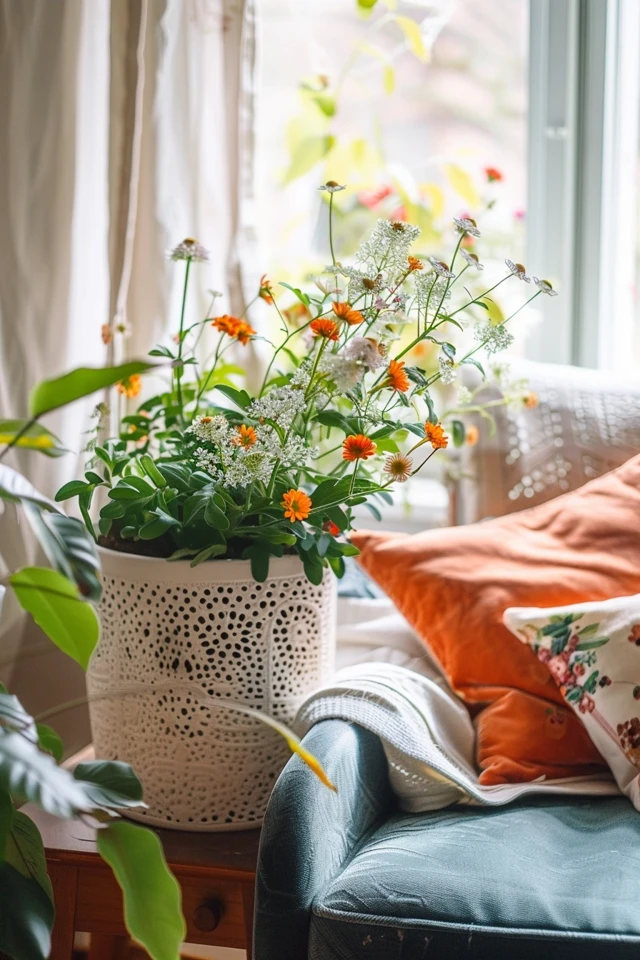
3. Furniture Selection
Selecting the right furniture involves considering both functionality and aesthetics. Choose pieces that fit your space and align with your design style.
Scale and Proportion
- Right Fit: Ensure your furniture fits the scale of your room. Large furniture in a small room can make it feel cramped, while small furniture in a large room can look lost.
- Proportional Arrangements: Arrange furniture proportionally to create balance. Pair a large sofa with substantial side tables, and avoid placing oversized pieces next to small ones.
- Versatile Pieces: Choose versatile pieces that can serve multiple functions, like an ottoman that doubles as a coffee table or a sofa bed for guests.
Style and Comfort
- Design Style: Identify your design style—whether it’s modern, traditional, eclectic, or something else—and choose furniture that complements it.
- Comfort First: Prioritize comfort, especially for frequently used pieces like sofas and chairs. Test furniture for comfort before buying.
- Quality and Durability: Invest in high-quality furniture that will last. Consider the materials and construction of each piece to ensure durability.
4. Lighting is Key
Lighting plays a crucial role in interior design, affecting both the functionality and ambiance of your space. Use a mix of lighting types to create a well-lit and inviting environment.
Layered Lighting
- Ambient Lighting: This is the main source of light for a room, usually provided by ceiling fixtures. Ensure it’s bright enough to illuminate the entire space.
- Task Lighting: Use task lighting for specific activities like reading, cooking, or working. Examples include desk lamps, under-cabinet lights, and reading lights.
- Accent Lighting: Accent lighting highlights architectural features, artwork, or decor items. Use spotlights, wall sconces, or track lighting for this purpose.
Lighting Fixtures
- Ceiling Fixtures: Choose ceiling fixtures that complement your design style. Chandeliers, pendant lights, and recessed lights are common options.
- Lamps: Incorporate table lamps and floor lamps to add layers of light and create cozy corners.
- Dimmers: Install dimmer switches to adjust the light levels and create different moods for different times of the day.
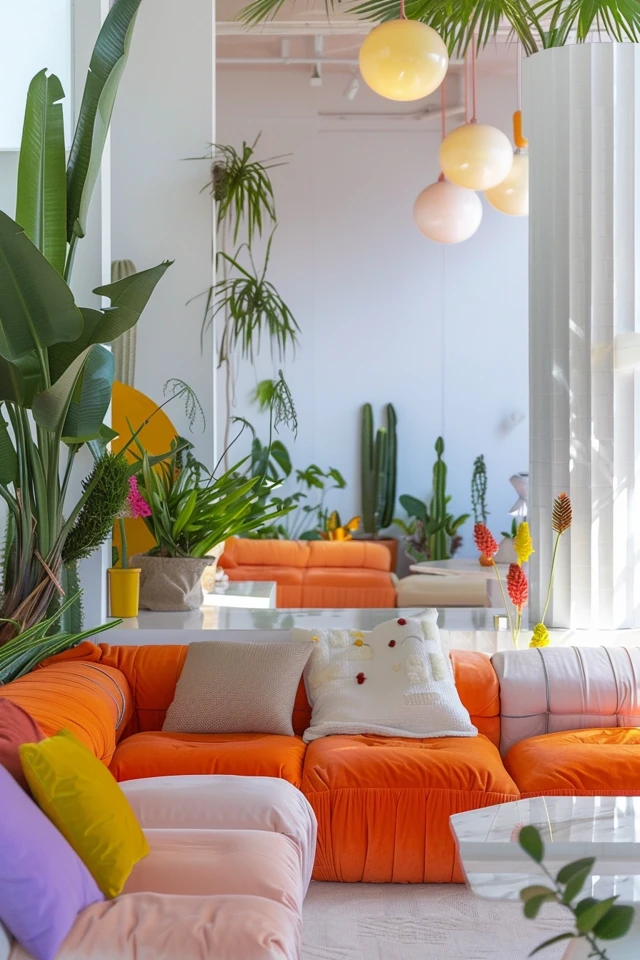
5. Accessorize Thoughtfully
Accessories add personality and complete your design. Choose accessories that reflect your style and enhance the overall aesthetic of your space.
Art and Decor
- Wall Art: Display artwork that resonates with you. Consider the size, color, and style of the art in relation to your room.
- Decorative Objects: Use decorative objects like vases, sculptures, and books to add interest and personality.
- Mirrors: Mirrors can make a room feel larger and brighter. Place them strategically to reflect light and create the illusion of more space.
Textiles and Rugs
- Throw Pillows and Blankets: Add throw pillows and blankets in different textures and patterns to create a cozy and layered look.
- Rugs: Use area rugs to define spaces and add warmth. Choose rugs that complement your color scheme and style.
- Curtains and Blinds: Select curtains and blinds that enhance your design and provide privacy and light control.
Plants and Greenery
- Indoor Plants: Incorporate indoor plants to bring life and freshness to your space. Choose plants that thrive in your lighting conditions.
- Planters: Use stylish planters that complement your decor. Consider the size and placement of plants to create a balanced look.
- Greenery Arrangements: Create arrangements of different plants for visual interest. Combine tall and short plants, and mix different leaf shapes and colors.
Conclusion
Embarking on your interior design journey can be a rewarding experience that transforms your living space into a reflection of your personality and style. By understanding your space, choosing a cohesive color palette, selecting the right furniture, focusing on lighting, and accessorizing thoughtfully, you can create a harmonious and inviting home. These essential ideas for beginners will help you make informed decisions and achieve a beautiful, functional, and personalized interior.
As an architect and interior designer, I’ve seen how the right design elements can elevate a space and enhance the quality of life. Remember, interior design is not just about aesthetics; it’s about creating a space that meets your needs and brings you joy. Embrace your creativity, trust your instincts, and enjoy the process of designing your home. With these foundational principles, you’re well on your way to creating a stunning and harmonious interior.
Inspirational Pictures
